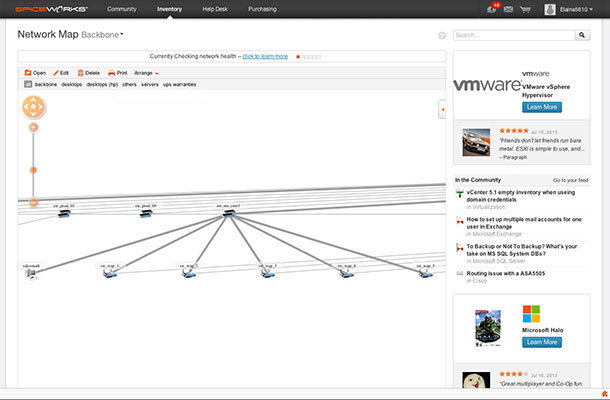

In this paper, the visualization of the run-time behavior of objectoriented programs is took one step further: not only scenarios but also the final specification of the dynamic behavior, i.e. , ), but recently they have been used also for animating or visualizing the dynamic behavior of a running system (,, ). Scenario diagrams are traditionally used as analysis and design documents (e.g. and actors during a particular usage of a system. Scenario diagrams (sometimes called interaction diagrams or event trace diagrams) are a popular graphical notation for describing the interactions of a set of objects. displays the dialog for saving the contents of the NetworkView as a Graphileon Diagram.This paper we demonstrate that it is possible to solve this problem by combining two existing techniques: the production of scenario diagrams from running systems, and the synthesis of state diagrams from a set of scenario diagrams.saves an images of the NetworkView contents to drive in SVG format.displays a dialog for adjusting the way the nodes automatically align in the NetworkView.(on) will display the available relations between the visual nodes when relations are not explicitly returned by a query.(off) fixes the nodes in place and switches of the automatic force-layout of the view.(on) resizes the visual network to fit the NetworkView.The buttons, on the button bar, have the following function when active (black): copies the selection to a new NetworkView.opens a node edit form which, on save, will add a new node to your view and store.inserts the active node into this view.Multiple nodes can be selected (holding the -key while clicking) and inserted into another NetworkView. The node will now appear in the second NetworkView (but have not disappeared from the first). From the context menu, select Insert selected nodes. Then, right-click the second NetworkView where you would like to use the node. To insert a node from one NetworkView to another, select the node in the first NetworkView by clicking on it. When a node is already selected in KeysView you can use either the green "from KeysView" button at the top of the NetworkView or right-click on the empty canvas and select "Insert from KeysView". This can be useful, for example, to connect a node from one query to a node from another query. This does not replicate any data, but simply includes the node in the visualisation. With multiple NetworkViews open, you can insert nodes from one NetworkView into the other. Relations cannot be hidden from view this way. You can also remove individual nodes from view by right-clicking the node and then selecting the option "Remove node from view".

The nodes will disappear from view, but not from the graph store. The context menu of the NetworkView canvas (right-click on an empty space) has an option "Remove selected nodes from view". The number of relevant nodes at each level of the tree is indicated between parentheses.Ĭlicking on the link to the right of any item in the Neighbours panel displays all nodes at that level and below in the NetworkView. The Neighbours panel in the sidebar-right contains the list of neighbours of the active node, grouped by direction (incoming, out-going or self-referencing), the combination of labels, the type of relation and the value of the 'type' property of the relation. This way you can remove items from view with hide filters or you can show only desired items(ex: hide all nodes and show only node:IA_Function nodes).Īdd filters automatically will autogenerate filters for all nodes and relationships present in the NetworkView. show (eye icon): shows selected content.hide (eye crossed icon): hides selected content.not active (empty square icon): filter is ignored.You can define filters for nodes and relationships with selectors. With the button in the toolbar of the NetworkView, you can open a filter panel that can be used to limit the displayed nodes and relationships. Or to limit the number of nodes and relations that is displayed. You can of course double-click on a node and see your screen all of a sudden filled with many nodes, but in most cases it is more useful to orientate you exploration in a specific direction. Graphileon offers several ways to keep control over your exploration. You can (un-)select multiple nodes by keeping the -key pressed while clicking. Nodes and relations in a NetworkView are (un)-selected by clicking on them. From here, you can interact with, explore and manage data. The NetworkView is the main visualization of the graph database. Display properties in the KeysView panel.Query with network ouput and and context menus.


 0 kommentar(er)
0 kommentar(er)
